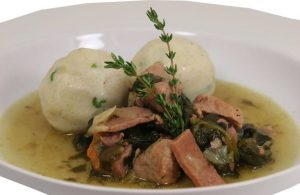
24 Types of Caribbean Food You Need to Try Now
The National Dishes of the Caribbean
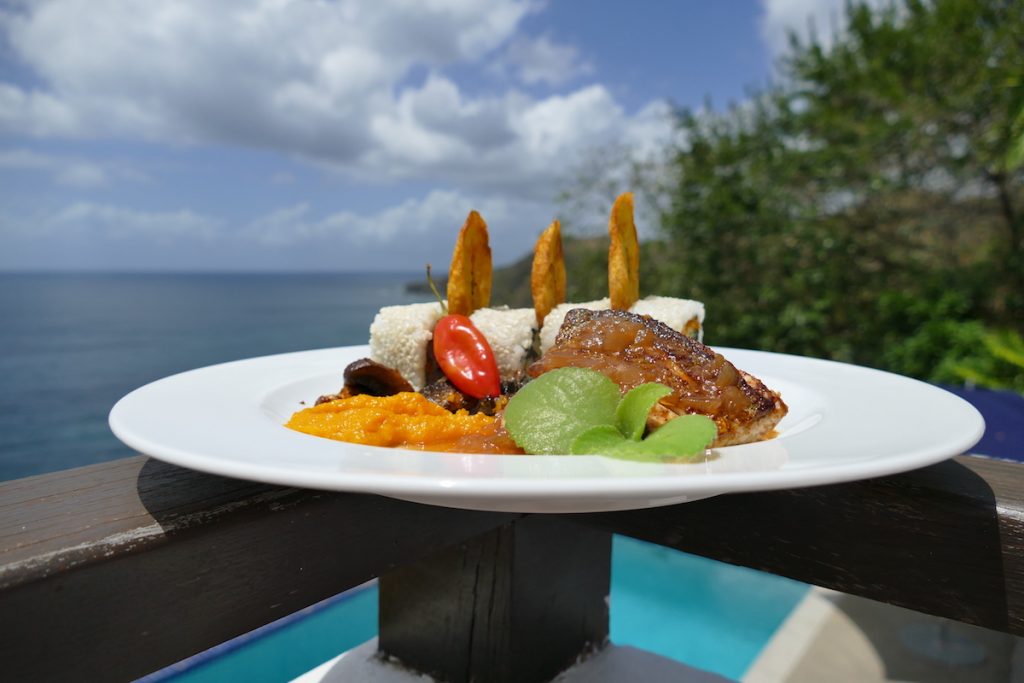
Something For Every Palette
Some of the best food you will ever eat is Caribbean food. From mouth-watering Antiguan pepperpot, finger-licking Bajan flying fish and cou-cou, flavourful rice and peas, glorious Montserratian goat water, delectable Tobagonian crab and callaloo, to spicy Jamaican jerk, the Caribbean has something for every palette. Here’s a list of 24 delectable examples of Caribbean food that you need to add to your dinner menu soon.
From the Caribbean ‘Melting Pot’ to Mouth-Watering Goodness
The variety of flavours, ingredients, cooking styles and creativity that goes into Caribbean food has been directly influenced by the Caribbean’s rich historical and cultural diversity. These 24 delightful Caribbean dishes display a direct influence from the enslaved Africans; the indentured Indian and Chinese labourers; and the English, Spanish, French and Dutch colonizers. Dishes such as vegan roast breadfruit, goat water and callaloo can be linked to Africa. Doubles can be linked to the Indians in Trinidad. Stoba has Dutch influence. And the list goes on. The melting pot that is the Caribbean creates flavour profiles that cannot be found anywhere else in the world. And thank God for that. I can’t imagine living off of boiled potatoes, bland beef and salty gravy.
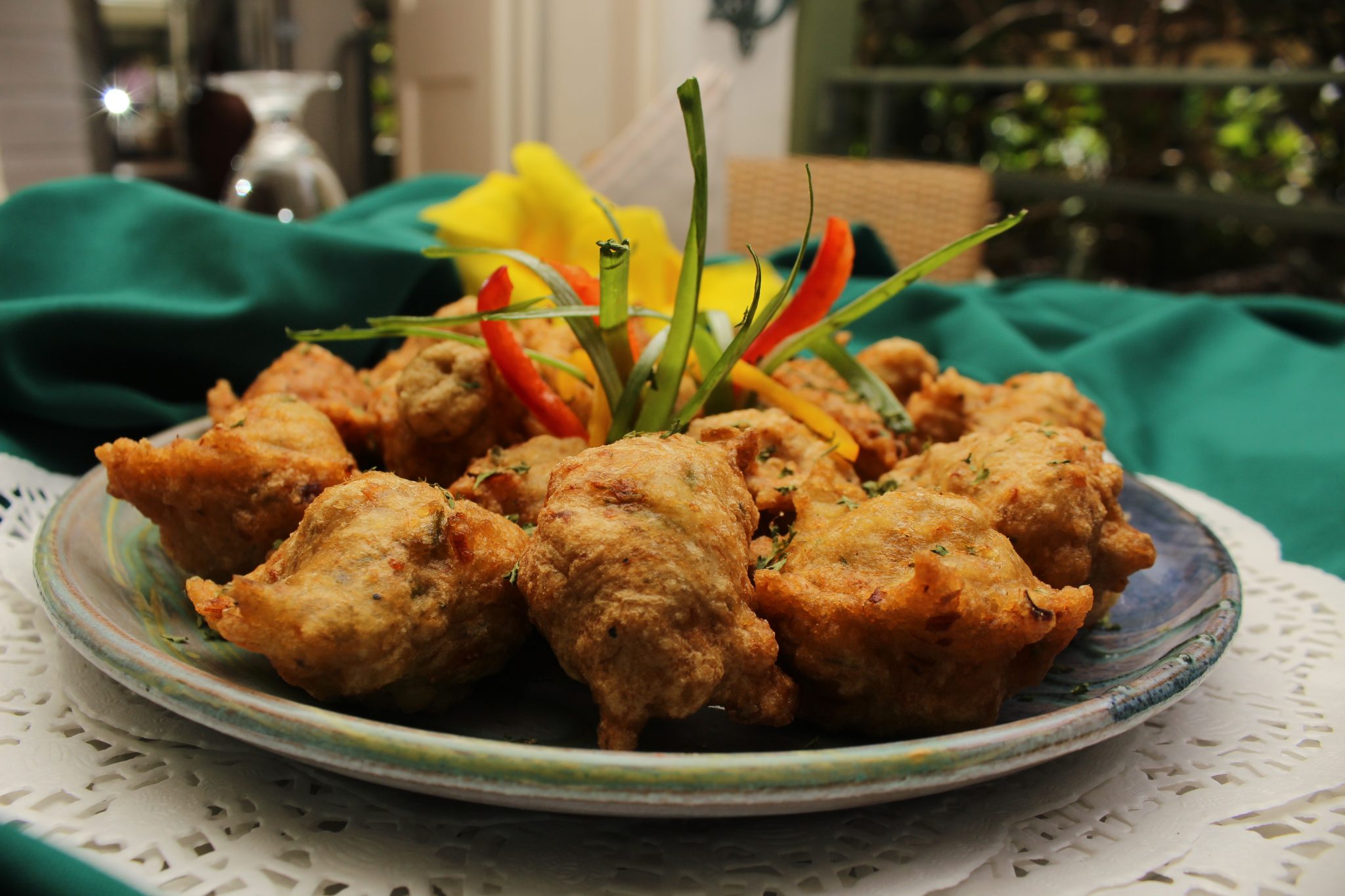
Transforming Simple into Succulent
A common Caribbean food trend is that most dishes are are “one-pot” dishes. Limited ingredients and little time meant that the enslaved Africans and indentured labourers had to get creative. Enslaved people only had access to the scraps – chicken feet, cow tongue, ox tails, offals (gizzards, livers, heart), etc. But they worked wonders with little. Even though Caribbean food might appear simplistic (a few, ordinary ingredients), the flavours and spices that Caribbean people add to their dishes transform the simple into the succulent. Thank God for spices!
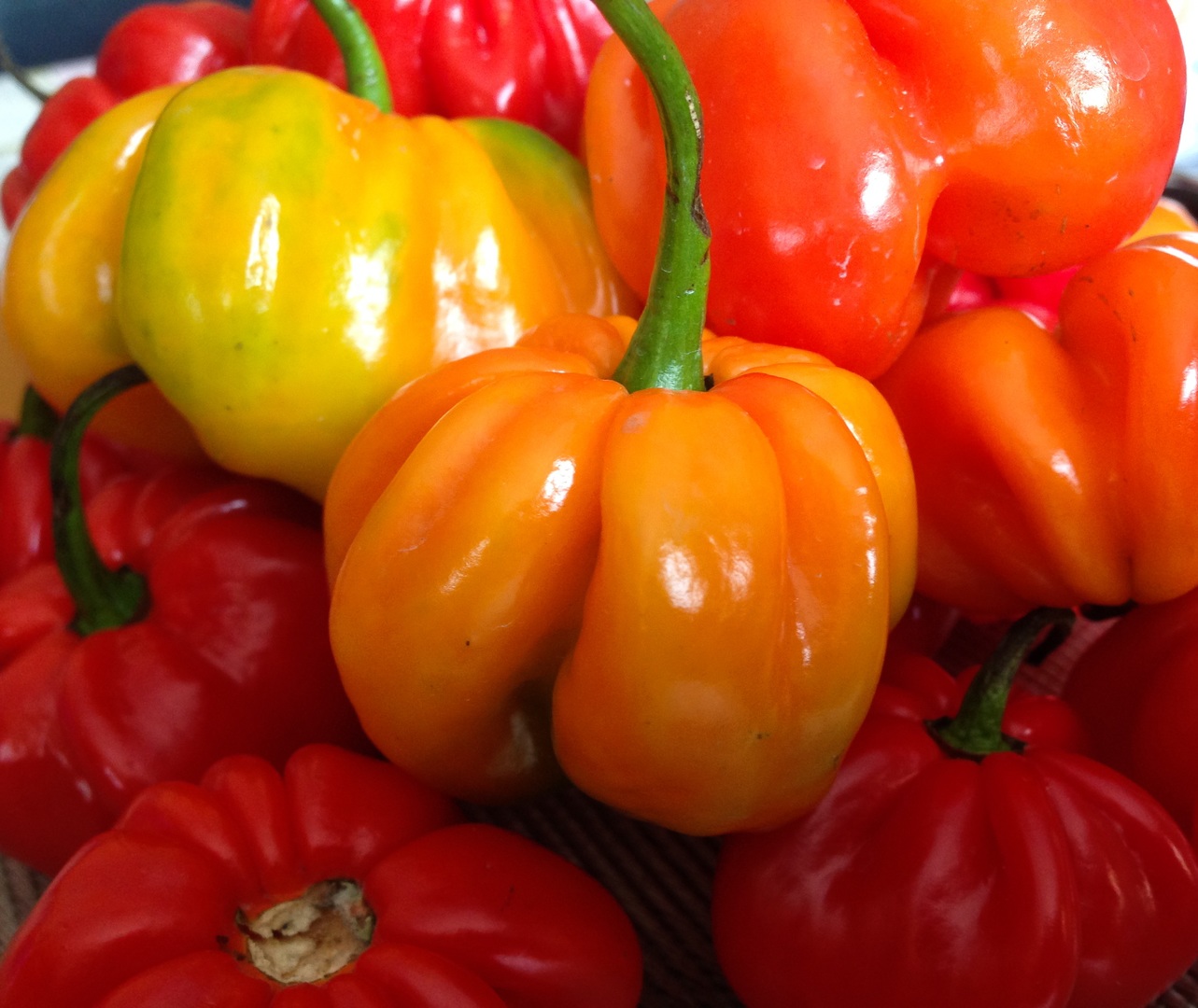
Tropical Delights
The Caribbean food also reflects the environment – sun, sand and sea. The Caribbean’s tropical climate, greenery and the oceans that surround the islands result in some of the world’s greatest tropical delights. Most Caribbean foods and national dishes from islands such as the Bahamas, Barbados, Jamaica, Curacao, Tobago, feature fresh seafood, fish, conch, crab, and turtles, a reflection of the blue seas that surround the islands.

Here’s a list of 24 delectable examples of Caribbean food that you need to add to your dinner menu today. The various national dishes of each island are presented in the sections below.
Table of Contents
1. Anguilla
Pigeon Peas and Rice
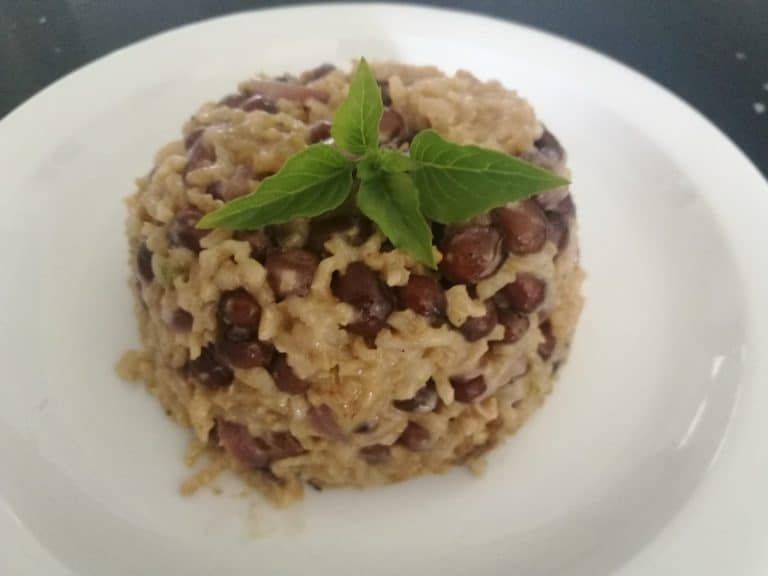
Fed up of boring, plain rice? Then the national dish of Anguilla, ‘pigeon peas and rice’ might just be what you need. This is a simple and delicious dish to make, that requires hardly any prep or cook time.
Pigeon peas, also known as pigeonpea and gungo peas in Jamaica is a very versatile perennial legume found in dishes all over the world, mostly tropical regions. The pea has a somewhat nutty flavour and has a round spherical shape smaller than chickpeas but larger than lentils. When mixed with rice and coconut milk, as the recipe calls for, the result is a rich, flavourful side dish that can be paired with almost anything. Click on the link below and add this side dish to your dinner menu tonight.
2. Antigua and Barbuda
Fungee and Pepperpot
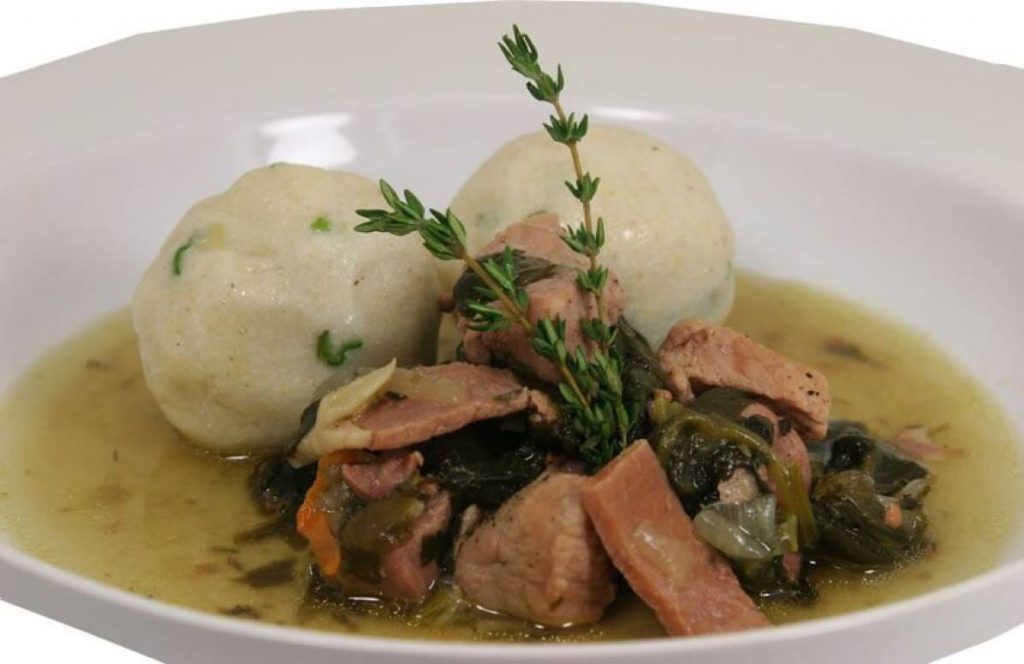
What do you get when you combine cornmeal, ochres, exotic meat, vegetables and spices? Why, Fungee and Pepperpot of course. This is the national dish of Antigua and Barbuda. Fungee (pronounced “foon-jee”) is a blend of ochres and cornmeal that is usually steamed or boiled. And while paired with pepperpot in Antigua, it can be used as a side dish for just about any meal. Fungee is quite similar to polenta. Some islands call it cou cou. Fungee was most likely influenced by the African presence during colonization as it is very similar to West Africa’s foofoo and Sierra Leone’s agidi.
The other half of this national dish of Antigua is Pepperpot. Pepperpot is a unique stew that features different exotic cuts of meat such as pig’s feet, oxtail or salted beef mixed with vegetables and spices. It is the flaming scotch bonnet pepper that gives this dish its name. So, if you’re into spicy foods then you should definitely try it. But if mild is what you’re looking for, don’t worry, you can adjust the heat to suit.
Pepperpot is most commonly known in Guyana and is said to be derived from the Ameridians. Cooking methods vary according to country or island that’s why you could make Antiguan pepperpot and Guyanese pepperpot and they would be two very different dishes.
When combined Fungee and Pepperpot becomes a hearty meal or as they say in the Caribbean, ‘a belly full’. The soft and savoury texture of fungee perfectly balances out the spiciness of the pepperpot. Wash it down with some homemade lime juice and you’re good to go.
3. Aruba and Curaçao
Keshi Yena
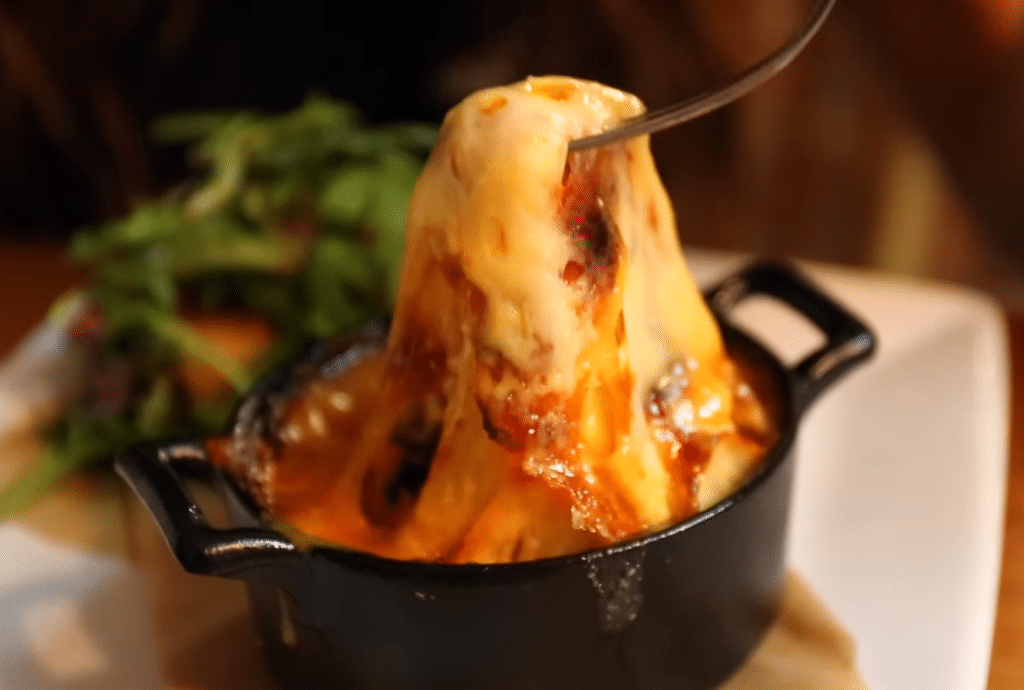
Move over cheese burger! Make way for Keshi Yena! Keshi Yena, a dish often credited as a national dish to both Curaçao and Aruba, is a main course dish that consists of a large round ball of cheese stuffed with spiced meat, served steamed or baked. The Dutch influence is most notable in the ABC Islands (Aruba, Bonaire and Curaçao) and is reflected in their culture, language and food.
Keshi Yena is Papiamentu (the main language spoken in the ABC Islands) for cheese, a derivative of the Dutch word, ‘Kaas’. The dish is believed to have been a creation of the enslaved people of the ABC Islands. Holland is notorious for its production of Gouda, one of the oldest cheeses in the world, created in the 12th century. During the time of the Dutch presence in the Caribbean, Dutch nobles would not eat the scraps of this cheese. The enslaved began to use meat and chicken scraps to fill melted scraps of cheese. This combination evolved into Keshi Yena. Gouda is not often used anymore but another popular Dutch cheese, Edam. The cheese is most often filled with chicken (an easily accessible meat in the Caribbean), olives and sometimes raisins.
4. Bonaire
Stoba
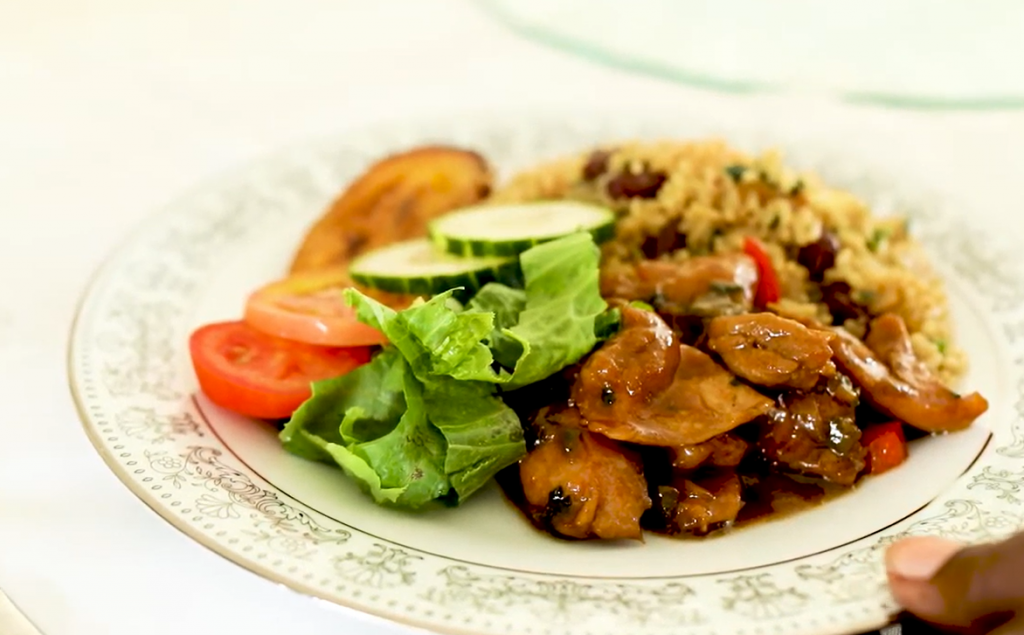
Soft, succulent, tender meat, tasty and delicious, meat falling off the bones. That is Stoba.
Stoba, meaning stew in Papiamentu, is one of the most popular dishes on the island of Bonaire. Stoba Baka (beef) or Stoba Galina (chicken), is slow cooked stew. This slow cooking method is used to make the meat tender and succulent. This dish can also be found in Aruba and Curaçao. Stewed meat and stews are a popular cooking methods used in Caribbean food preparations.
5. The Bahamas
Cracked Conch with Peas and Rice
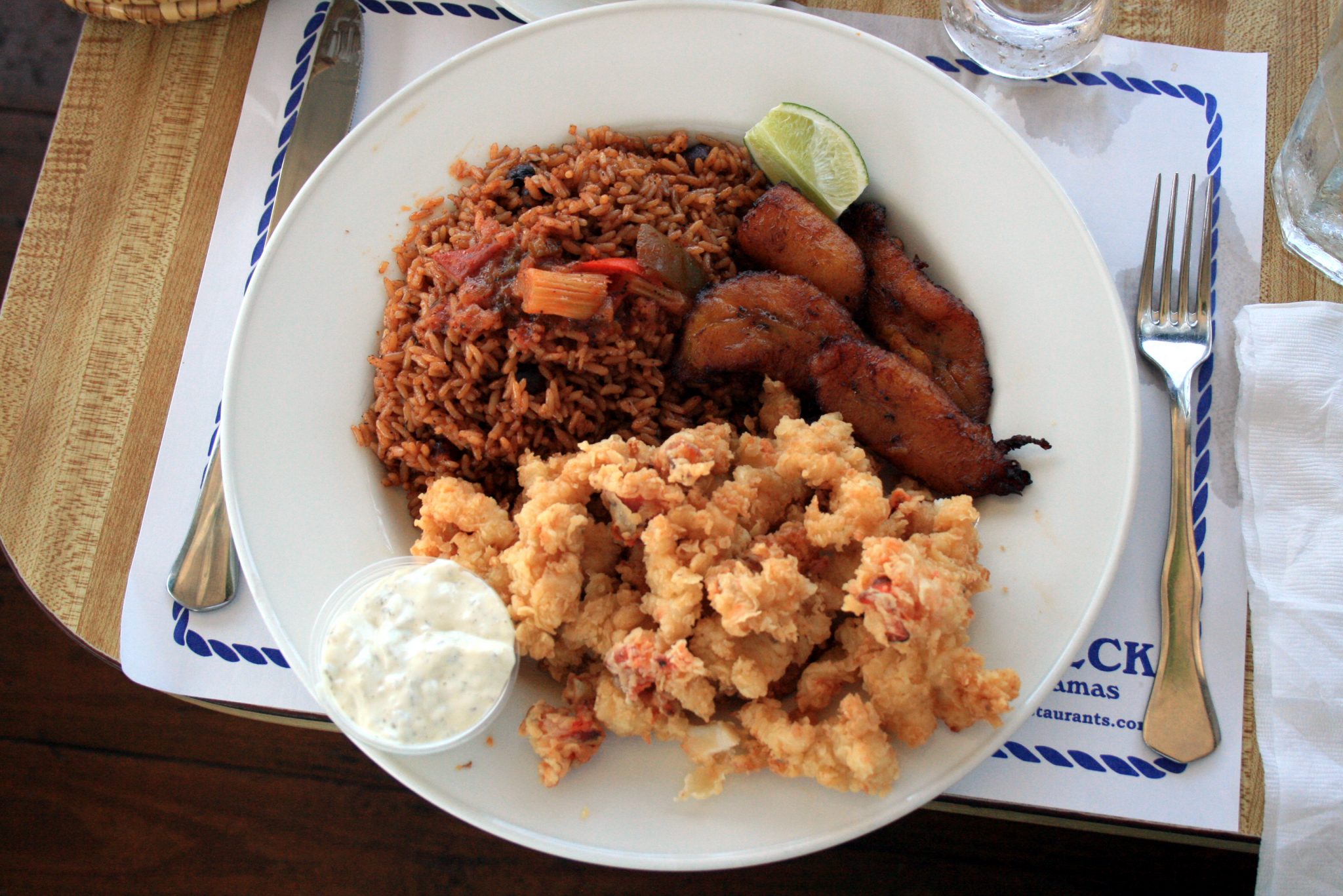
This crunchy, culinary delight called cracked conch is a national dish of the Bahamas. Bahamian cuisine often features a lot of seafood due to the water surrounding the islands.
Conch is considered a staple to Bahamian cuisine as the queen conch is a sea creature naturally found in their waters. Conch’s texture is tough, often compared to the texture of calamari and the dish is called cracked conch as the conch was beaten or “cracked” to be made more tender. Cracked Conch is usually battered and fried and served with a side. In most fast-food restaurants you get fries as the side, but for Sunday lunch most people serve it with rice and peas.
6. Barbados
Finger-licking Flying Fish and Cou Cou
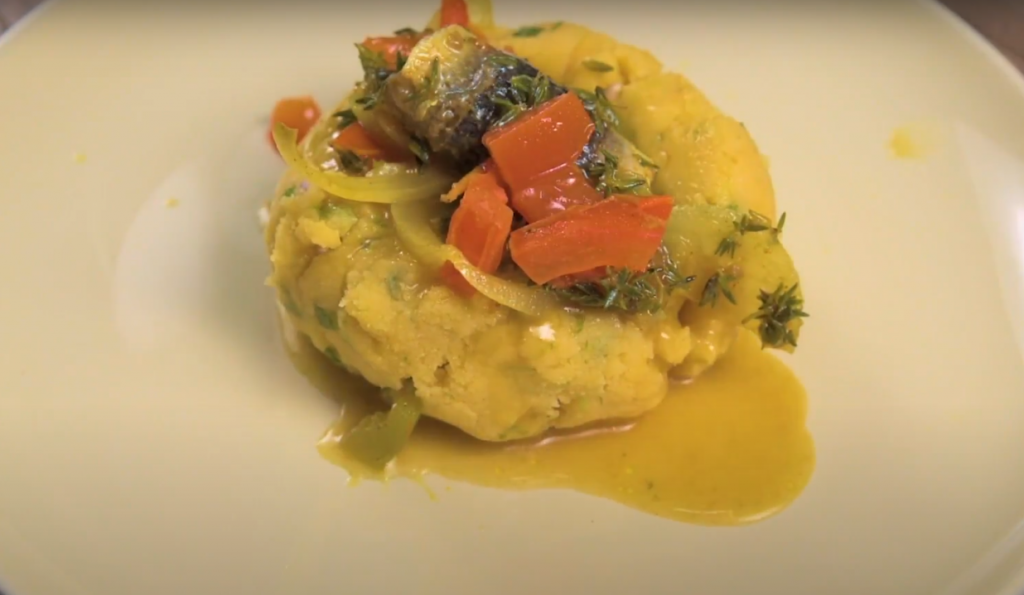
Barbados is well-known known as the land of the flying fish. It is only fitting that the island’s national dish features this unique and interesting creature of the ocean, flying fish.
Flying fish is a versatile fish in Barbados cuisine. And is recognised as a favourite among Caribbean food buffs. There are many ways flying fish can be prepared. Barbadians roast, steam, fry and pickle flying fish. The melts (male sex organ) and roes (female sex organ) of the fishes are also considered delicacies.
Most often, flying fish is paired with cou cou in Barbados. Cou cou is a part of Barbados’ national dish but can also be found on other Caribbean islands such as Trinidad and Tobago, Dominica and Bermuda. Cou cou comes from these islands’ African ancestry and is called fungee in Antigua and Barbuda, Aruba and the British Virgin Islands.
7. Belize
Rice and Beans
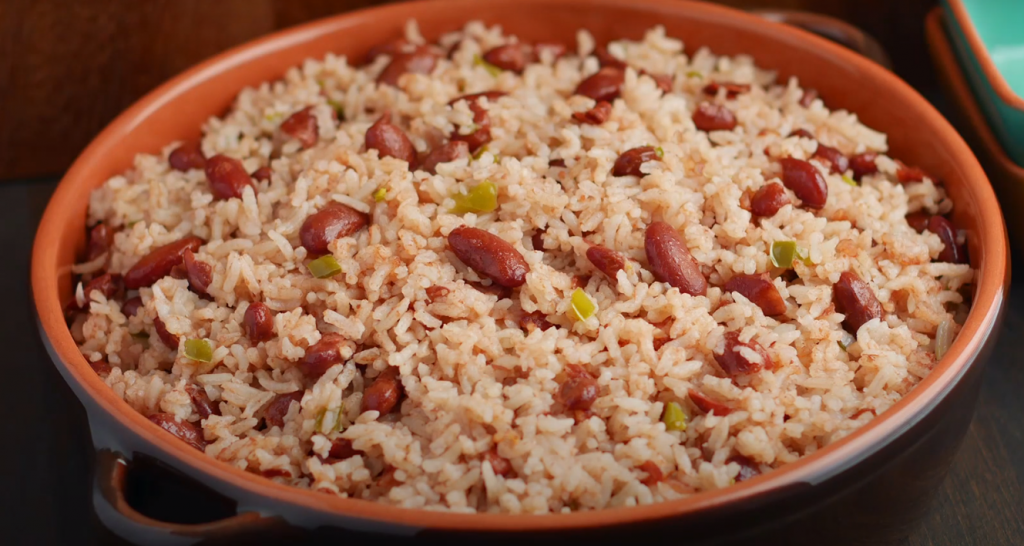
Belize’s national dish is rice and beans (not to be confused with rice and peas). Traditionally made with kidney beans, it is said that the best rice and beans you will ever eat is from a Belizean.
This simple dish is made flavourful with spices, garlic and coconut milk. Called Resanbinsi among the Garifuna folk, this dish is available across the island and is often paired with meat or fish.
8. Bermuda
Fish Chowder
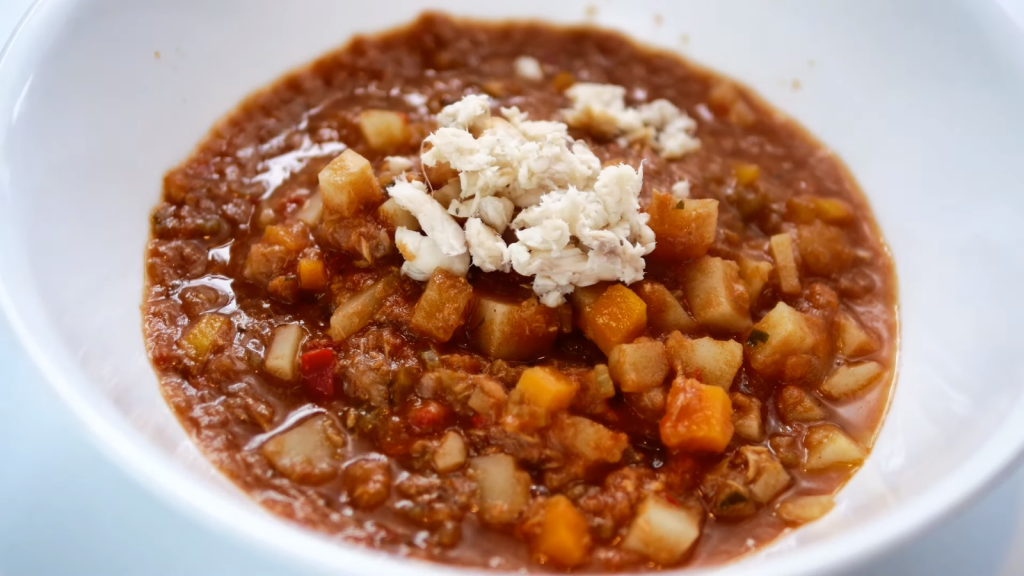
The national dish of Bermuda is fish chowder. This dish came to the island of Bermuda in the 17th century by the British. Unsatisfied by the bland and flavourless dish of the British, the local islanders transformed the dish into their own flavourful fish chowder.
It is best paired with Bermuda’s local Outerbridge’s Original Sherry Peppers for the ‘hot’ taste you need. The main ingredients include fish fillets, fish stock, tomato purée, and varied pairings of vegetables.
9. British Virgin Islands
Flavourful Fish and Fungee
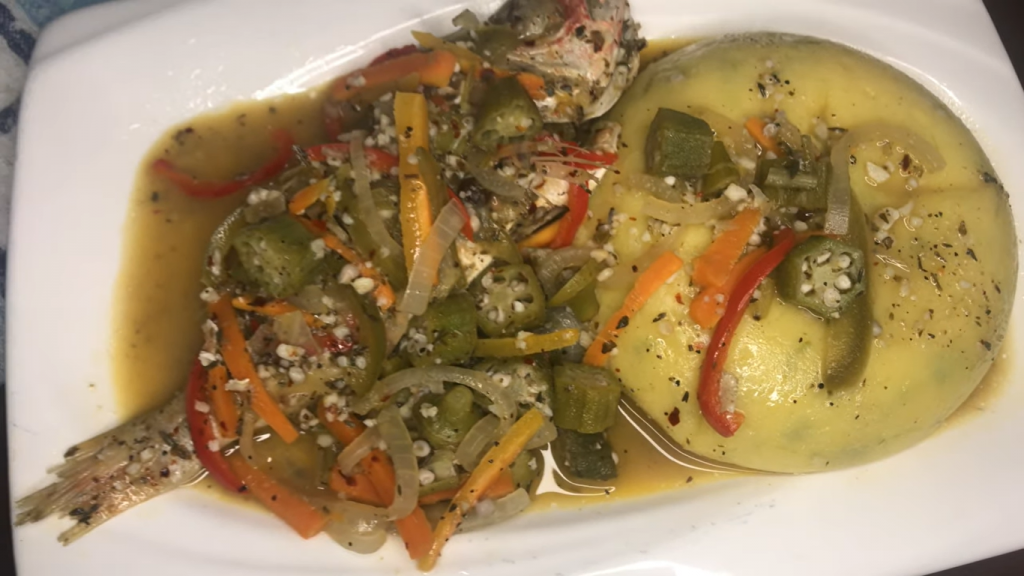
Similar to Antigua and Barbuda, the British Virgin Islands’ national dish consists of fungee. The British Virgin Islands pair fungi with fish. Fungee, made from cornmeal and ochro, is typically paired with braised fish cooked with onions and tomatoes.
10. Cayman Islands
Turtle Meat?
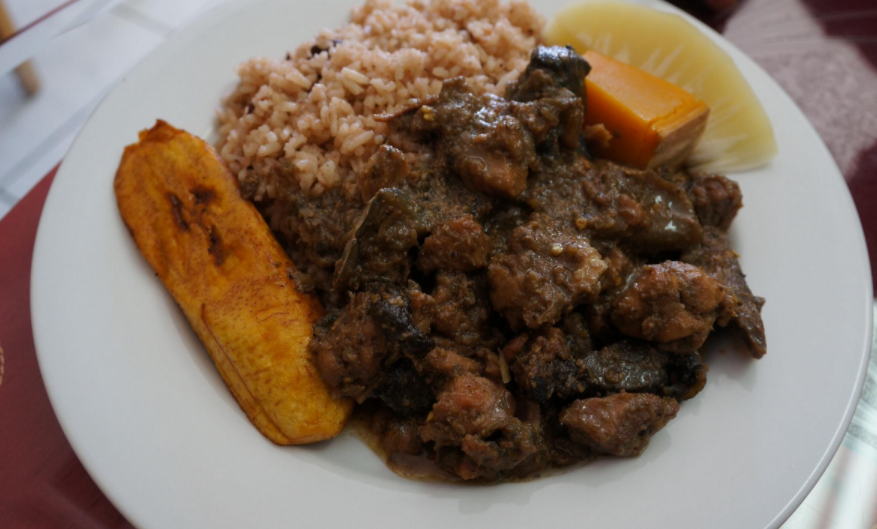
Ever tried turtle meat? The texture and flavour profile are somewhere between chicken and fish. Many people may frown on eating turtles, but for the Cayman Islands, turtle meat is a delicacy. Turtle meat is just another fun and unique aspect of Caribbean food.
Cuisine in the Cayman Islands often features fish, seafood and notoriously, turtle meat. Turtle meat is used in soups, as steaks and can be paired with sides.
All turtles for consumption come from the Cayman Turtle Farm. Turtle farming dates back to the 17th Century when settlers would harvest and sell the meat also to passing ships. It is a traditional dish among locals and is a high protein source for red meat.
11. Dominica
Callaloo

The national dish of Dominica was mountain chicken. However, as mountain chicken became an endangered frog species, callaloo soup was approved and became the national dish of Dominica.
Callaloo originates from West Africa and is also popular in Trinidad and Tobago. Callaloo is made from dasheen bush, ochro, pepper and other spices. Crab or salted meat is often added to this dish.
12. Grenada
Oil Down
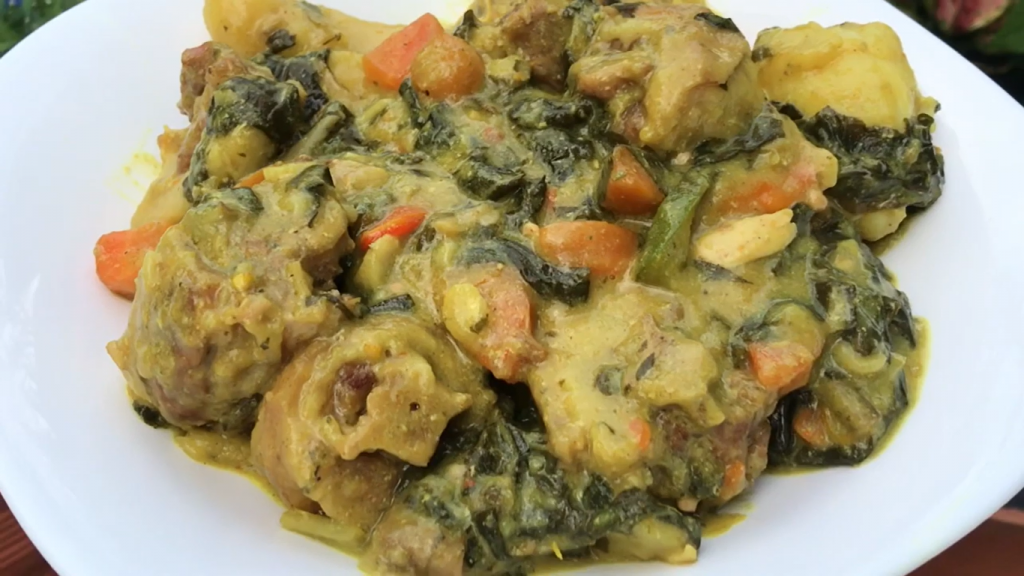
Grenada’s national dish is oil down. Oil down, also a popular dish in Trinidad and Tobago is made with provisions, salted meat, coconut milk and spices. In Grenada, the dish is made with all local ingredients.
13. Guyana
Pepperpot
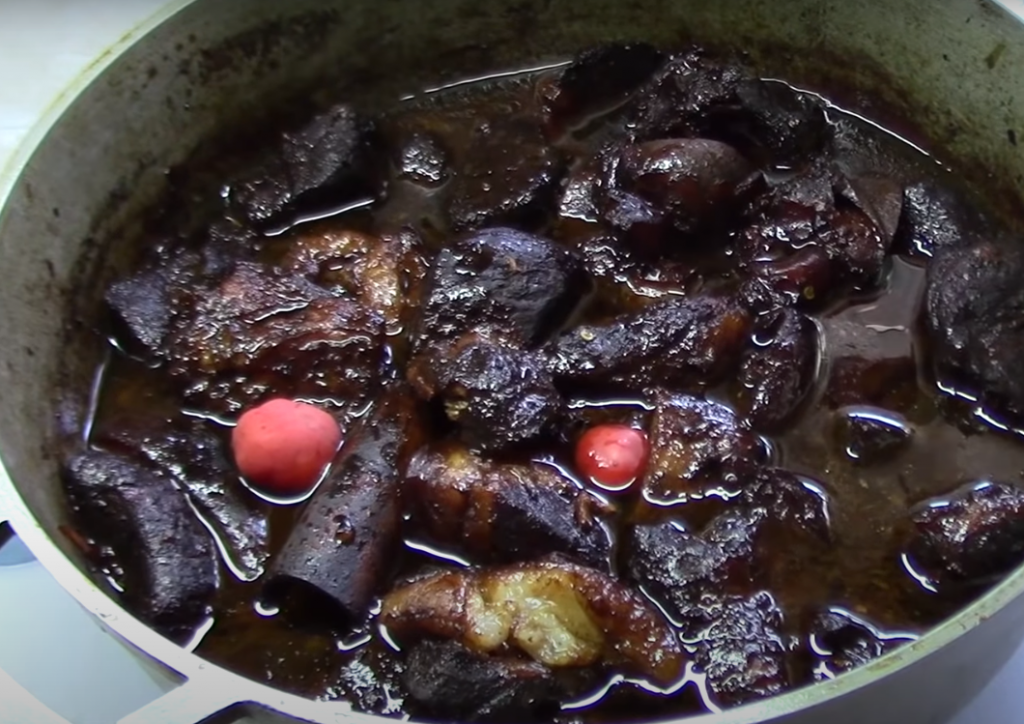
The national dish of Guyana is pepperpot. Pepperpot is a stewed meat dish, strongly flavoured with cinnamon and cassareep. It is often served on Christmas day. This dish originated from the Amerindians and can be paired with rice or bread. It’s also known for its spice.
14. Jamaica
Ackee and Saltfish
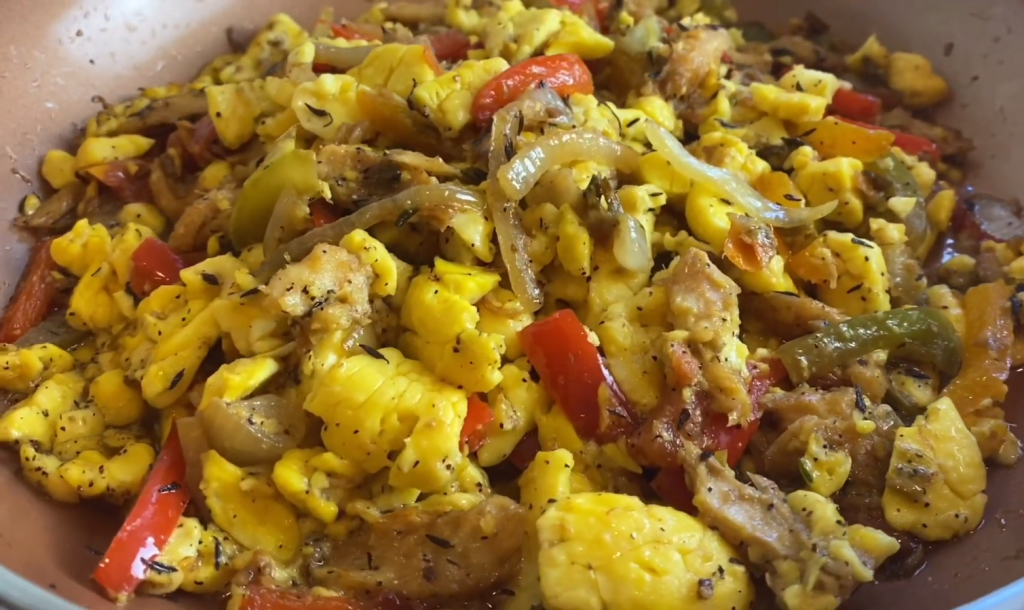
The national dish of Jamaica is ackee and saltfish. Ackee is also Jamaica’s national fruit. Ackee, originally from Ghana, was imported to the Caribbean in the 18th century. The curing process, used to make saltfish, originated in Europe. It was introduced to Jamaica for enslaved people as a long-lasting and inexpensive protein source. This dish is a staple to Jamaica’s culture and cuisine.
15. Montserrat
Goat Water
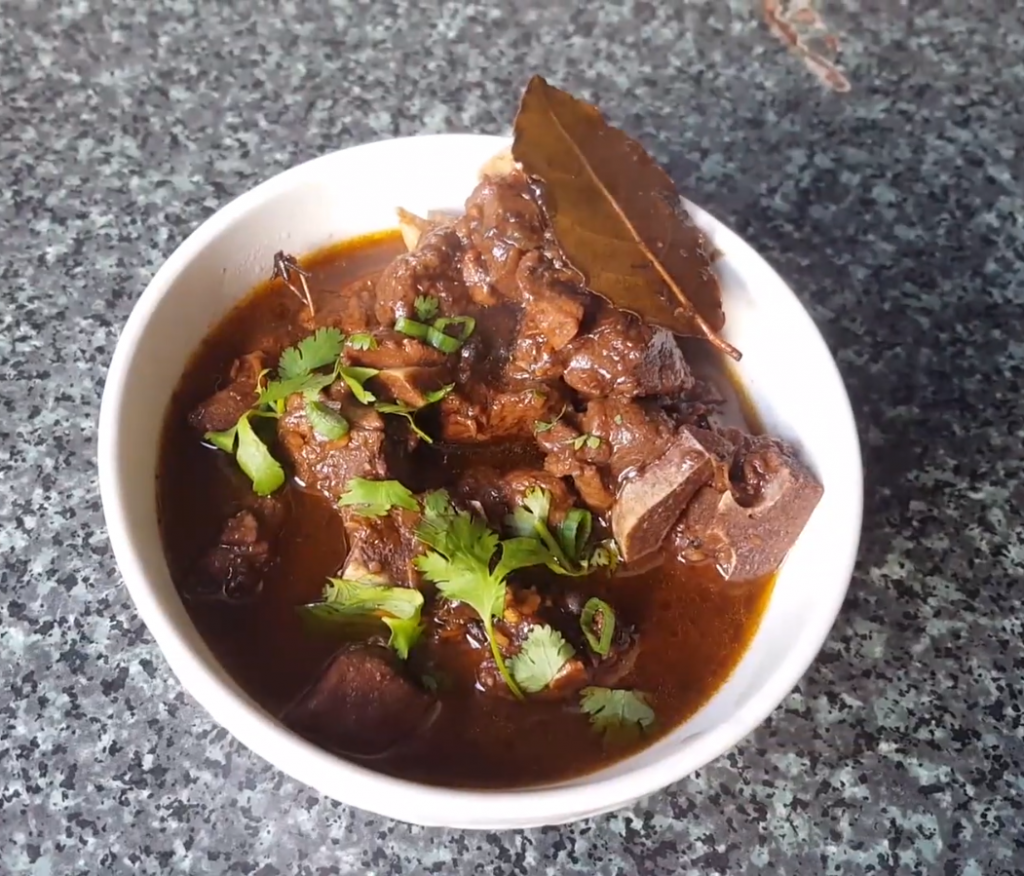
Goat water is Montserrat’s national dish. It is a goat stew that is traditionally paired with bread rolls. Uncertainty surrounds the origins of the dish as stew is a popular among Creole and Caribbean cuisine. But islanders say that it may have originated from an Irish recipe or dish. This may have just easily originated from the Irish as Montserrat is known for its large presence of Irish settlers, one of the only places in the world other than Ireland that celebrate St. Patrick’s day and an observed public holiday.
16. Saint Kitts & Nevis
Stewed Saltfish
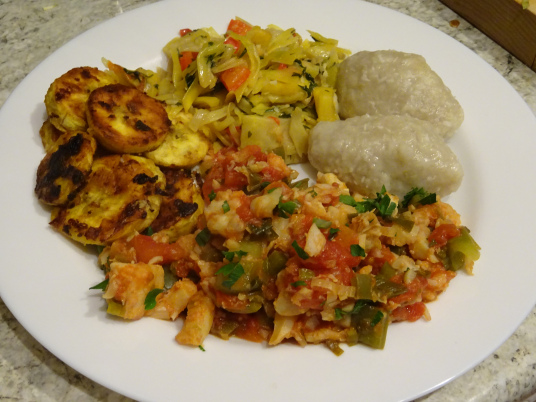
St. Kitts’ national dish was originally goat water. The islanders felt that their national dish needed to be a more modern representation of St. Kitts and Nevis. This dish consists of stewed salt-fish, spicy plantains, seasoned breadfruit, and coconut dumplings. Kittians take four different elements and combine them into exemplary flavours.
17. Saint Lucia
Saltfish and Green Fig
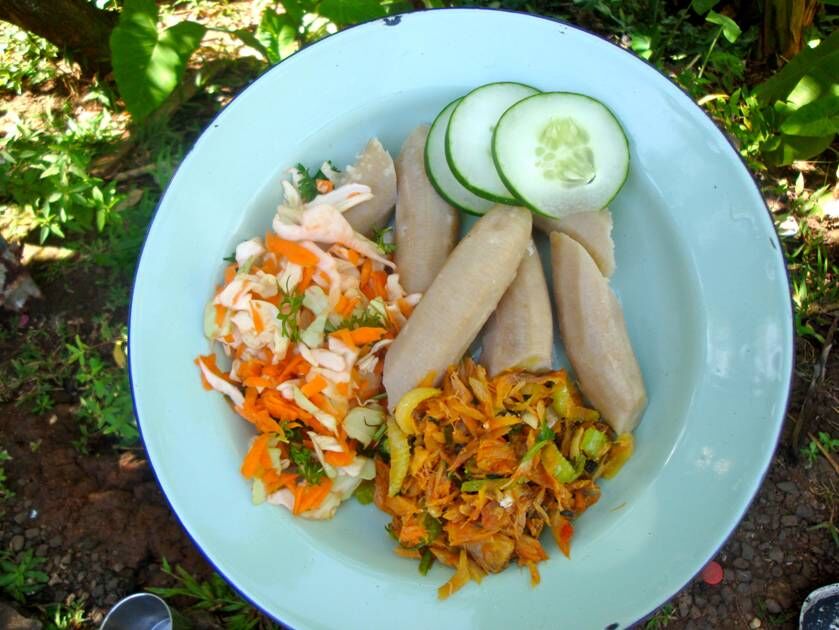
The national dish of St. Lucia is saltfish paired with green figs. This dish was originally created in a means to feed the enslaved persons. Green figs grew in abundance in St. Lucia and the Europeans brought saltfish. Now islanders claim the dish as their own, the spices and flavours of the Caribbean have enhanced this dish to what it is today.
18. Sint Maarten/Saint Martin
Conch and Dumplings, Callaloo
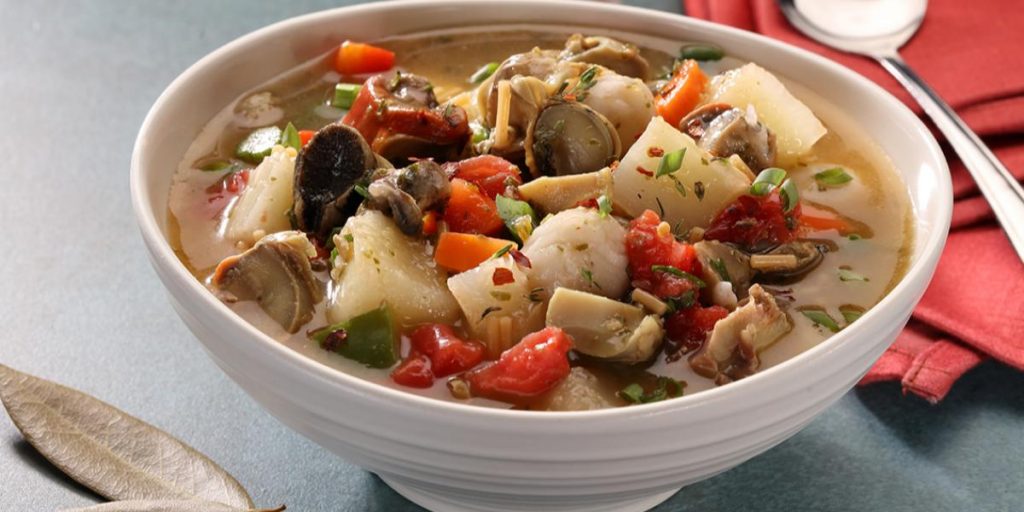
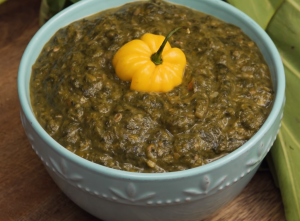
Although there isn’t an official national dish, the Dutch side, Sint Maarten is known for Conch and dumplings whereas the French side Saint Martin is associated with callaloo.
19. Saint Vincent & the Grenadines
Roasted Breadfruit and Jackfish
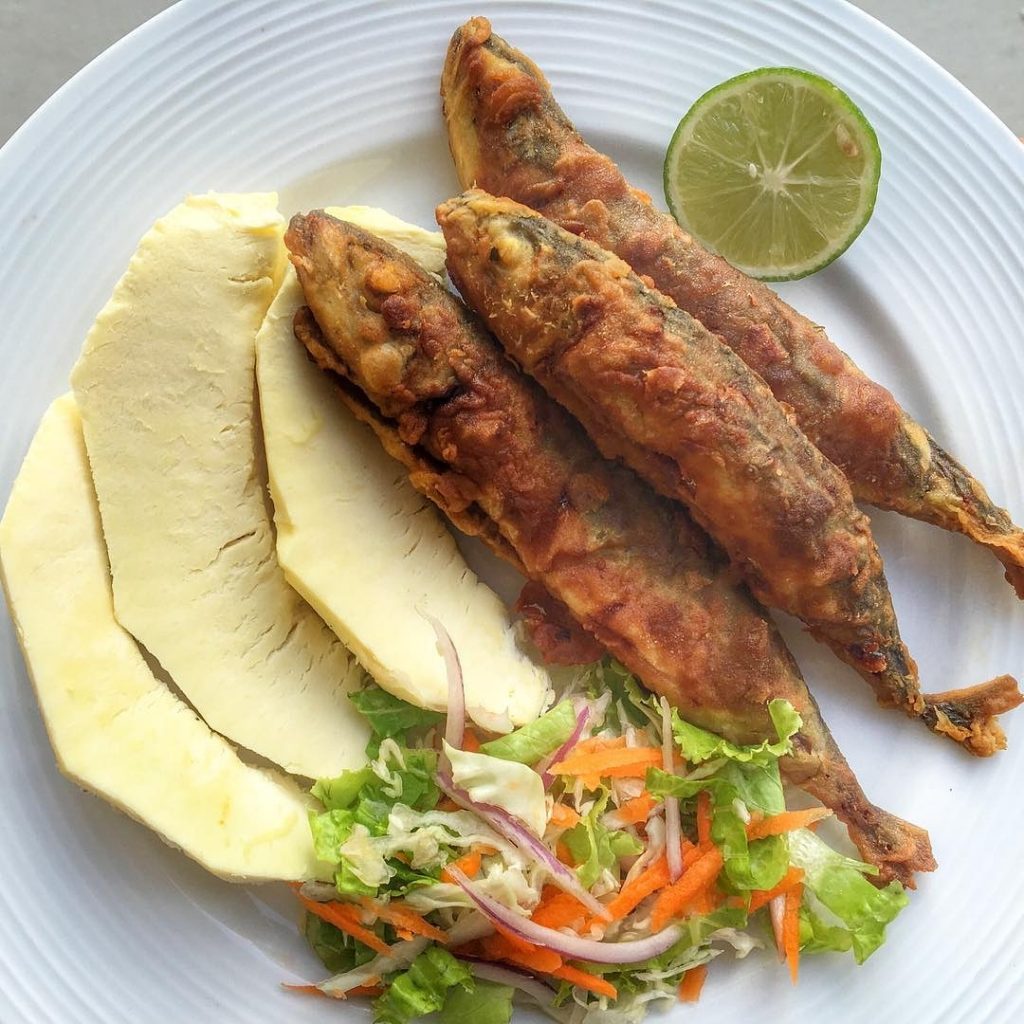
Breadfruit is extremely popular in St. Vincent and the Grenadines and the national dish is roasted breadfruit and fried jackfish. Breadfruit was brought to the Caribbean by British commanding officer Vice-Admiral William Bligh. Although breadfruit is featured in other Caribbean dishes and meals, the island of St. Vincent truly appreciates this ‘super food.’ Vincentians roast their breadfruit by placing it on an open charcoal or wood fire and pair it with fried jackfish.
20. Suriname
Pom

Pom, locally called pomtajer, is Suriname’s national dish. Pom is a casserole made of meat and local vegetable root. It is traditionally made with tayer root and chicken. It is believed that this recipe originated from the Jewish immigrants that arrived in Suriname after they were forced out of Spain and Portugal due to the Spanish Inquisition. The Jews were known to cook in ovens and pom is made in the oven. One problem is that potatoes were not available in Suriname, so the Afro-surinamese servants recommended the use of the indigenous pomtajer for the grated topping. This created the well-known dish that is pom.
21. Trinidad and Tobago
Crab and Callaloo
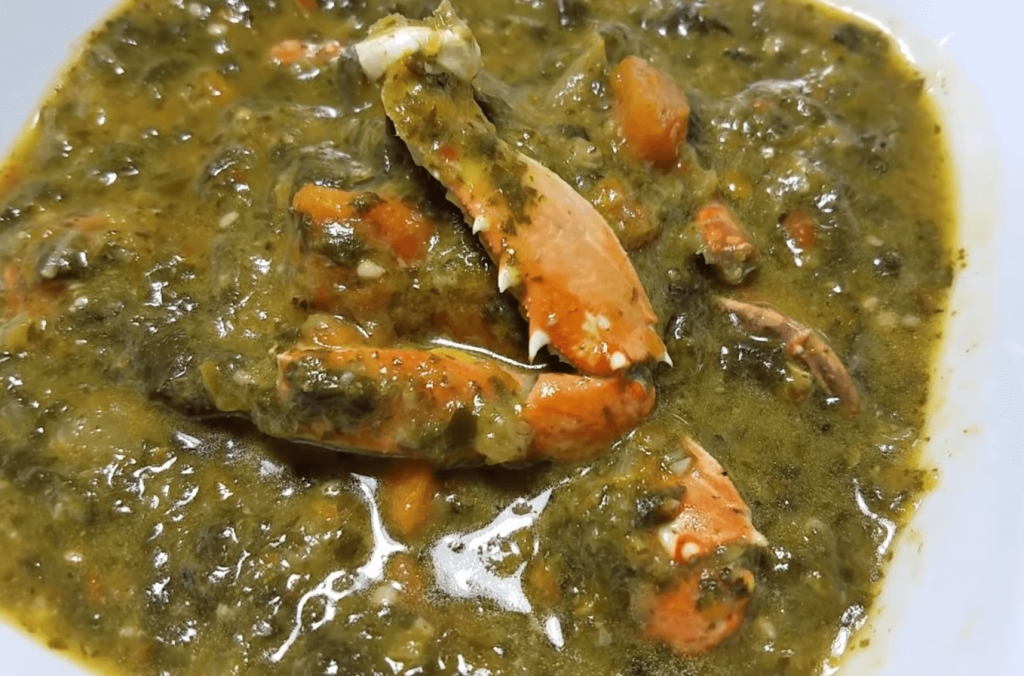
Crab and callaloo is often listed as the unofficial national dish but Trinidadians would argue that, as this dish is more commonly associated with Tobago. But when you hear Callaloo, Trinidadians think of it as the popular side for Sunday lunch. Often pairing it with rice or macaroni pie, stew chicken, lentils and stew chicken for a hearty Sunday meal.
Pelau

Pelau is a one-pot rice dish popular among the island. It is quick to make and is easy to prepare. Pelau is made with rice, pigeon peas and a meat of your choice. Popularly paired with a side of coleslaw.Pelau in Trinidad and Tobago came from East Indian indentured labourers who were used to preparing pulao. Pulao is a mixed rice usually paired with vegetables, stock and other spices. Pelau is a “stewed rice” as the first step in making pelau is browning sugar to stew the meat before adding the additional ingredients.
Doubles
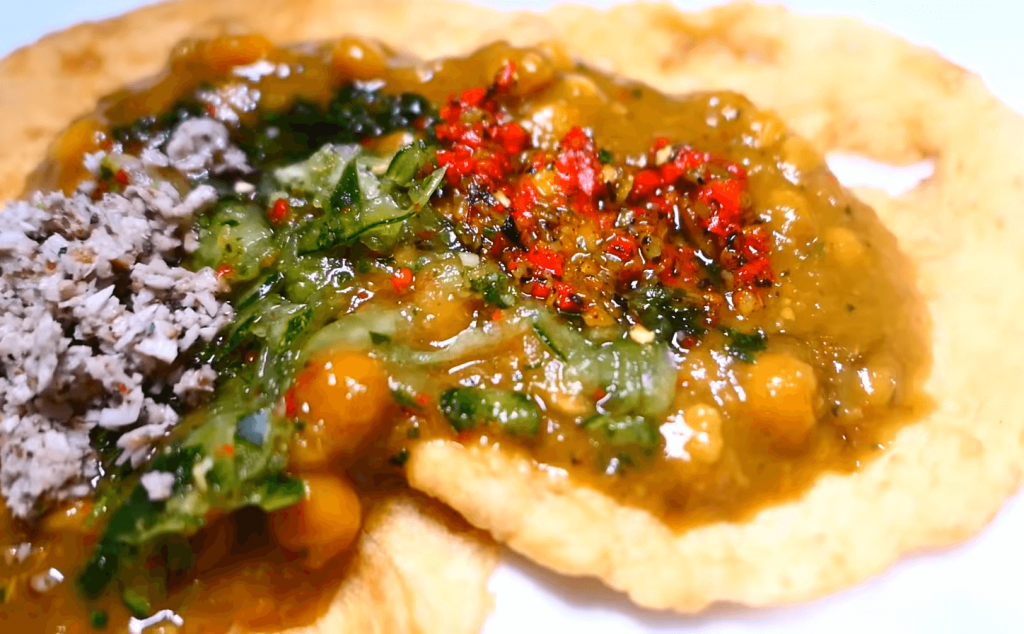
Limin’ on the avenue late? Have a hangover and need a munch? Just touchdown from the airport? In a rush and need a quick and easy breakfast? Doubles. Doubles is a common street food that originates from Trinidad and Tobago. Doubles are made with two baras and filled with curry channa and various chutneys. Bara resembles a flat bread and is a fried dough. Doubles was influenced by the Indian indentured servants’ presence in the Caribbean and it has been said that chole bhature is what inspired it. Doubles is an easy, affordable meal and is best washed down with a cold fizzy drink.
Bake and Shark

If you’re going to Maracas Bay, a must-have for both locals and visitors is a Bake n’ Shark. Fried bake with a hearty piece of fried shark in the centre. You can then dress this “fish sandwich,” with whatever toppings you desire. Tomato, pineapple, cabbage slaw, and a variety of sauces are available on display for you to personally perfect your Bake n’ Shark.
This fast food dish, iconic to Trinidad is for sale at the multitude of Bake and Shark stalls on this beach. After dressing your Bake n’ Shark, take it back to the beach where you enjoy the scenic views in company of friends and family and wash it down with a beastly cold Stag, a local beer. A perfect beach day with a perfect meal!
Here are Related Articles That Might also Interest You
![]()


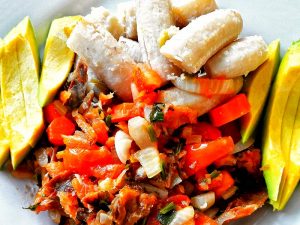
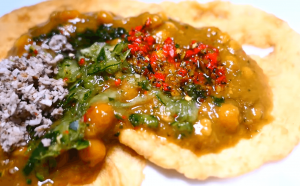
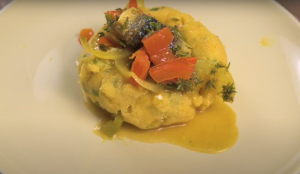

Very refreshing to see all these dishes and to know where they come from.I am from Suriname and I know that Pom is one of the traditional dishes.
But a dish that every child or grown up know in Suriname is a stew make with kidney beans,chicken,salted meat and saucages called BRUINE BONEN.( Brown beans) Every parent know how to cook this for their children and evryone loves to eat this
You eat it with white rice. For us as a rice exporting country this should be the national dish of Suriname.
Thanks Kasketi for sharing one of your childhood Surinamese dishes. It sounds delicious. We’ll definitely check it out.
Here’s another article you might find interesting: The Dramatical Origins Of Breadfruit In The Caribbean
Enjoy!
I didn’t know that the national dish of Jamaica also includes their national fruit, that’s pretty interesting. We’re thinking of serving a different kind of cuisine for my uncle’s upcoming birthday and Jamaican food seems like a good choice. I’ll look for a nearby restaurant first and see what they have in their menu.
Pingback: Homepage
It’s interesting to know that there are also a lot of succulent options when it comes to Caribbean food. I’d like to find a dine-in Caribbean food establishment soon because I want to start trying out foreign cuisine. It would be nice to do that in order to explore more of what the world has to offer without necessarily having to travel.